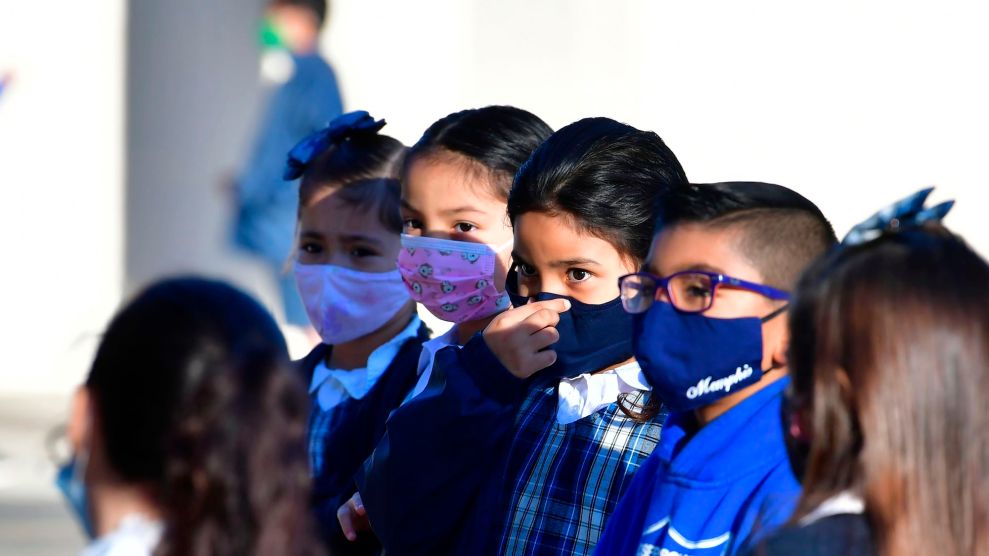
Cameron Parish, Louisiana, after Hurricane Rita in 2005. Mark Faram/ZUMA
Tuesday marked the official start of the 2021 Atlantic hurricane season, a foreboding milestone coinciding with the meteorological summer—and a precursor for fire season in the West.
We’re now in an era of more or less ongoing natural disaster—worsening and prolonged seasons that bear out the climate-change impacts predicted by scientists decades ago.
As California braces for what could be a record wildfire season, out on the East Coast, NOAA has predicted a 60 percent chance of an “above-normal” hurricane season and just a 10 percent chance of a “below normal” one.
Despite these less-than-comforting odds, the forecasters at least say the intensity of the 2021 season isn’t expected to match that of 2020. An average hurricane season produces 14 named storms, of which seven develop into hurricanes and three are major disasters.
The Atlantic hurricane season is June through November. For this year, forecasters anticipate 13 to 20 storms with winds of 40 mph or greater. As many as 10 could develop into bona fide hurricanes. “Although NOAA scientists don’t expect this season to be as busy as last year, it only takes one storm to devastate a community,” Ben Friedman, the acting NOAA administrator, said in a press release.
NOAA continues to study the links between climate change and increased hurricane activity; a study released in March raises the prospect of climate change as a culprit. The National Centers for Environmental Information found that 2020 was a record-breaking year for extreme natural disasters in the United States; the year’s 22 separate billion-dollar weather and climate disasters surpassed the previous record of 16 set in 2011. These included 13 extreme storms and an unprecedented 7 disasters linked to tropical cyclones. Together, the 22 disasters caused $95 billion in damages. Since 1980, the US has sustained 291 natural disasters, causing more than $1.9 trillion in damage.
From 2018 to the present, 553 deaths, an average of 184 each year, have been linked to large-scale US natural disasters, so NOAA officials are encouraging vulnerable citizens to make ready for the inevitable. “Now is the time for communities along the coastline as well as inland to get prepared for the dangers that hurricanes can bring,” noted Secretary of Commerce Gina Raimondo. “The experts at NOAA are poised to deliver life-saving early warnings and forecasts to communities, which will also help minimize the economic impacts of storms.”












